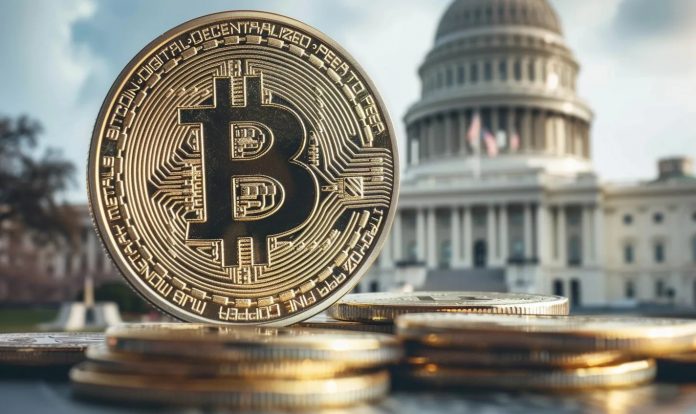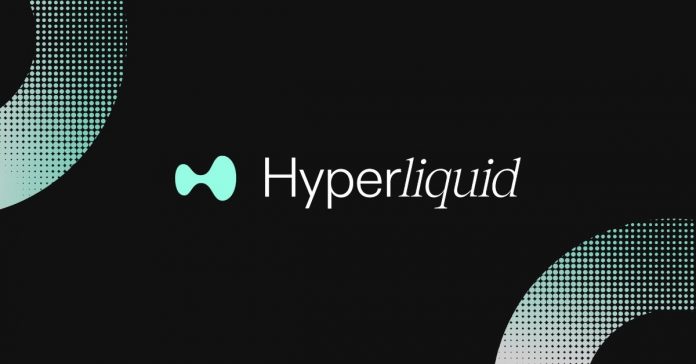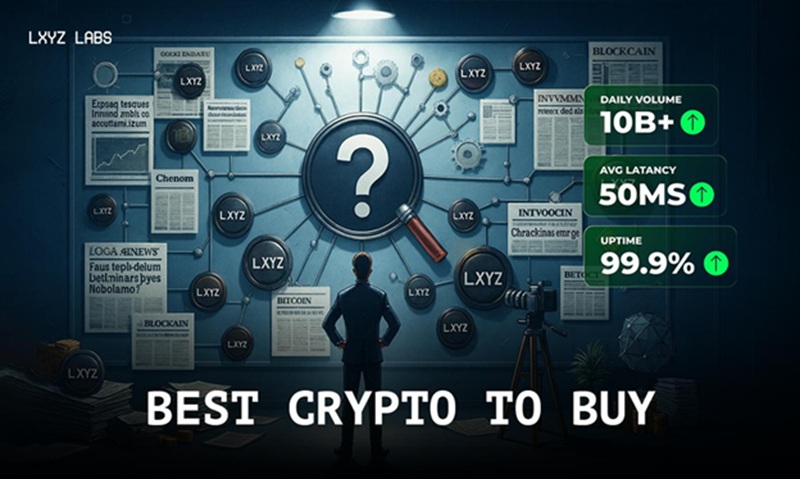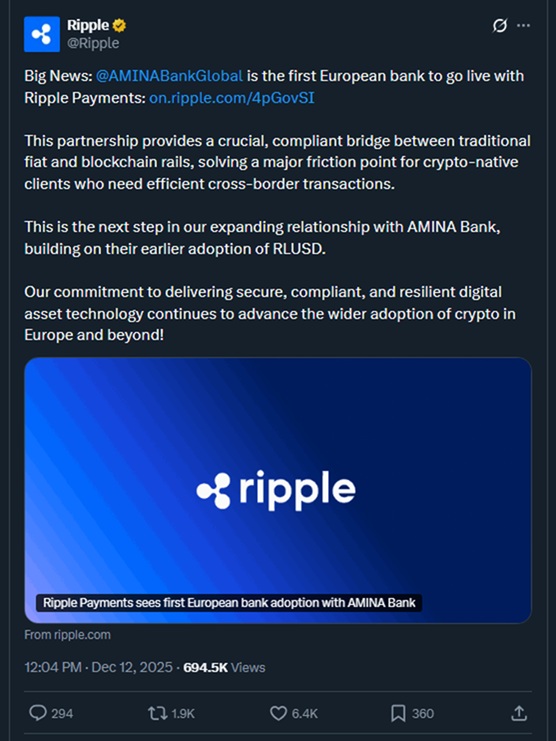Recent developments in U.S. crypto legislation point to a potential breakthrough next year. The long-awaited digital asset market structure bill—aimed at clarifying regulatory oversight between the SEC and CFTC—has been a top priority for the industry.
Negotiations have dragged on through 2025, but as of mid-December, Senate Banking Committee Chair Tim Scott (R-SC) is pushing hard to finalize a bipartisan deal amid the incoming 2026 political landscape.
Drafts from both the Senate Agriculture and Banking Committees were advanced in late November, focusing on rules for digital commodities, stablecoins, and market intermediaries.
However, talks hit a snag over key sticking points like decentralized finance (DeFi) exemptions and custody standards, causing a likely delay. Industry insiders now expect the bill to slide into January 2026 for a full Senate floor vote, rather than wrapping up before the holidays.
This timeline aligns with optimism from senators like Cynthia Lummis (R-WY) and Kirsten Gillibrand (D-NY), who teased a draft reveal earlier this month. If passed, it could finally provide the regulatory clarity crypto advocates have been clamoring for—potentially unlocking billions in institutional investment.
SEC’s New Crypto Wallet and Investor Guide
In a timely move for retail traders dipping into digital assets, the SEC’s Office of Investor Education and Advocacy dropped a fresh “Crypto Asset Custody Basics for Retail Investors” bulletin just days ago.
This guide breaks down the nuts and bolts of holding crypto: from self-custody via hardware wallets like Ledger or Trezor to third-party custodians think Coinbase or Fidelity.
It emphasizes risks like private key loss, hacking vulnerabilities, and the “not your keys, not your coins” mantra, while urging investors to vet providers for insurance, audits, and bankruptcy protections.
The release comes amid a surge in tokenization pilots and bank crypto charters, serving as a subtle reminder that the SEC isn’t easing up on investor safeguards—even as broader regs evolve. Key tips include verifying wallet compatibility with your assets, enabling multi-factor authentication, and avoiding “hot wallets” for long-term holds.
It’s a straightforward read, about 10 pages and available for free on Investor.gov—definitely worth a skim if you’re HODLing more than pocket change. This feels like prep work for the market structure bill’s custody provisions, too.
DeFi exemptions—remains one of the biggest hurdles in finalizing the bipartisan digital asset market structure legislation often referred to as the Senate’s version of the CLARITY Act or Responsible Financial Innovation Act updates.
As of mid-December 2025, negotiations are ongoing, with Senate Banking Committee Chair Tim Scott pushing for a markup soon, but disagreements over DeFi treatment have delayed progress into early 2026.
Drafts from the Senate Banking and Agriculture Committees, building on the House-passed CLARITY Act (July 2025), propose significant exemptions for truly decentralized protocols.
Key elements include: Exempting non-custodial developers, node operators, validators, and software providers from broker-dealer, exchange, or money transmitter registration requirements—if they don’t hold user funds or exercise centralized control.
Safe harbors for activities like staking, airdrops, liquidity provision, and front-end interfaces on “mature” blockchains defined by decentralization criteria, e.g., no single entity controls >20% of tokens or governance.
Protections for DePIN and general DeFi operations, treating them more like open-source software than regulated financial intermediaries. This aligns with industry goals to avoid “regulating code” and foster innovation without forcing protocols to register as securities or commodities platforms.
Senate Democrats have pushed back with frameworks requiring: Registration for DeFi front-ends, platforms, or intermediaries that facilitate trading/lending if they generate revenue, influence governance, or pose illicit finance risks.
Expanded KYC/AML rules, Treasury oversight, and potential classification as “digital asset intermediaries” or money services businesses—even for somewhat decentralized setups.
Concerns focus on consumer protection, preventing money laundering/sanctions evasion, and closing loopholes where “decentralized” claims mask centralized control. Recent reports indicate talks involve the White House, with no full agreement yet. Some drafts leave DeFi sections partially blank or underdeveloped for further negotiation.
The SEC has signaled temporary “innovation exemptions” starting January 2026 to bridge the gap, allowing limited DeFi experimentation under lighter rules until the bill passes. DeFi exemptions are contentious because: Pro-exemption side argues overregulation drives innovation offshore and stifles peer-to-peer finance.
Anti-exemption critics like Sen. Elizabeth Warren’s allies warn broad carve-outs create risks for investors, enable illicit activity, and undermine traditional finance safeguards. If resolved favorably for exemptions, it could unlock massive growth in U.S.-based DeFi.
If stricter rules prevail, many protocols might need to restructure or face enforcement. Overall, the bill is seen as pro-crypto but balanced—expect a hybrid outcome with exemptions tied to verifiable decentralization metrics. Bullish if you’re in true DeFi; cautious if building anything with centralized elements.








